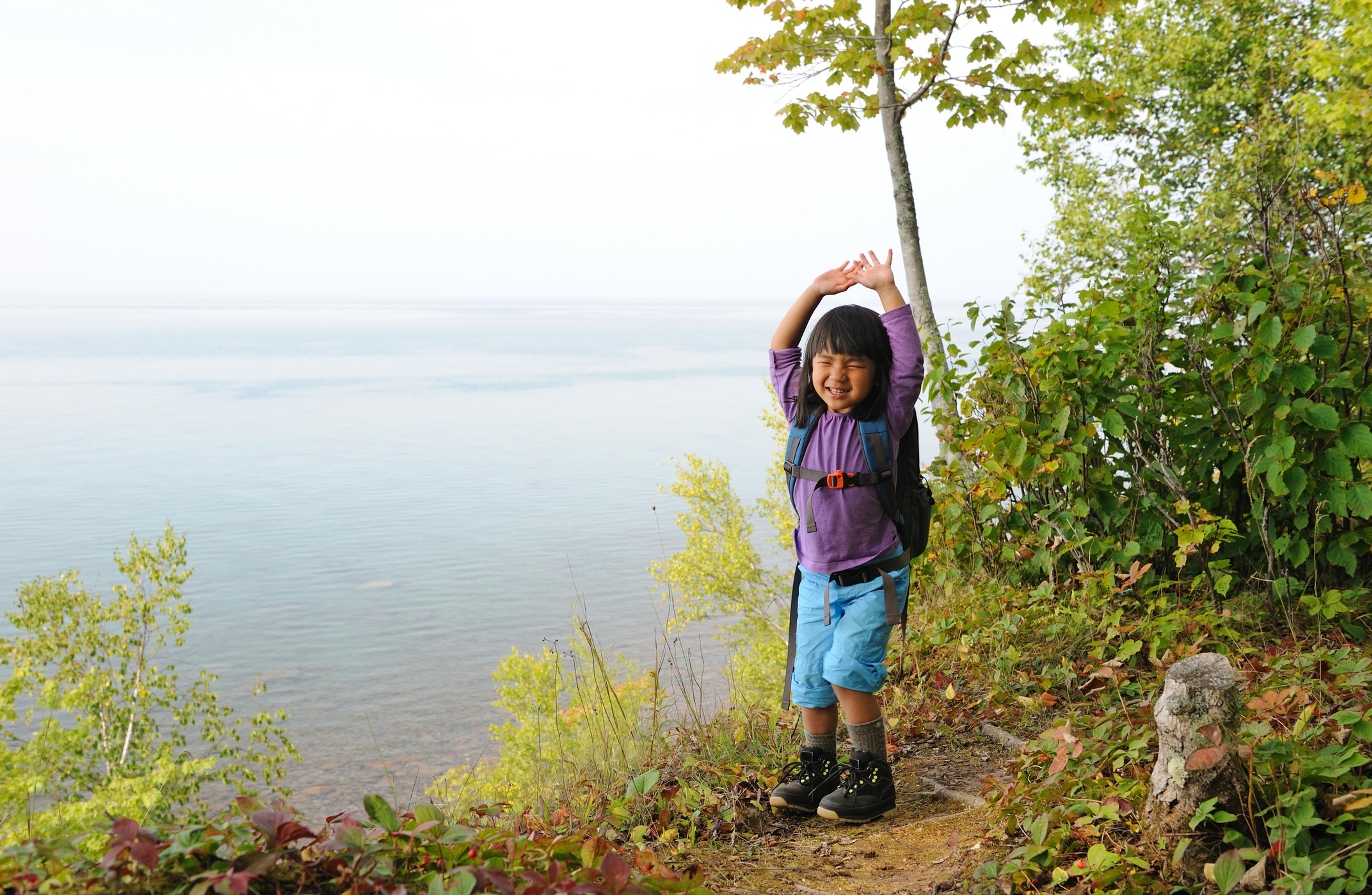7 Health Hazards to Protect Against This Summer

Blue Daily
| 4 min read

Summertime can bring warm weather, time away from school and responsibilities, and time spent with friends and family. It also brings summer-specific health hazards that you need to be aware of and prepared for.
1. Dehydration
Dehydration is always a risk, but the higher heat and humidity in summertime raises the risk of dehydration. Make sure you are drinking enough water, keep water with you, and pay attention to your hydration levels. Pay attention to your skin, amount of sweating, and the color of your urine. Urine darker than pale yellow is a sign of dehydration. Kids and people over 60 are more susceptible to dehydration.
2. Heat-related illnesses
Often tied to dehydration, heat-related illnesses are more common in summer due to higher heat and humidity. Heat exhaustion happens when your body gets overheated and struggles to cool back down, and it can lead to heat stroke. Heat stroke occurs when the body can no longer self-regulate heat. Dehydration can play into this by lowering the level of water in the body and reducing the ability to sweat, increasing the risk of heatstroke.
3. Mowing injuries
More than 50,000 injuries are caused by lawnmowers each year. Not only do lawn mowers have powerful spinning blades, but they can send rocks, wood, or other debris at high speeds, which can also cause injuries. Mower engines and bodies can also get very hot and cause burns if skin comes into contact. Wear protective eyewear when you operate the machinery, and make sure you are familiar with how your mower operates and keep it in good working condition. Never reach into or under a mower to clear debris and be careful not to touch the metal body of the mower when it is running and hot. Children under the age of 12 should not operate a mower.
4. Drowning
With more boating, swimming, and watersport activities in the summer, the risk of drowning increases. Every year there are more than 4,000 accidental drowning deaths in America. Drowning is the leading cause of death for kids under 5, and the second-leading cause for kids aged 5-14. May through September are the months with the highest rates of drowning.
5. Food poisoning
Picnics, cookouts, and outdoor gatherings are popular in summer and increase the risk of food being left in unsafe conditions. Always be aware of the “danger zone” for food safety – 40 degrees to 140 degrees Fahrenheit –in which foods are more prone to bacteria. Make sure to bring ice and coolers to keep food under 40 degrees until it is ready to be cooked or eaten. Make sure to check the internal temperature while grilling meats to make sure they are safe to eat. According to the CDC, aim for 145°F for beef, pork, fish, 160°F for hamburgers and ground meat, and 165°F for chicken or turkey.
6. Poison ivy and poison oak
In Michigan, there are two species of poison ivy that you may encounter, Western poison ivy and Eastern poison ivy. Some areas of the state host both species – look at this map from Eastern Michigan University to see where each grows. They grow on the ground, but both grow in vines which can climb trees or buildings. If you do come into contact with poison ivy, wash the affected area with soap and water or rubbing alcohol before the allergic reaction sets in. Poison ivy leaves an oil on your skin that can transfer to clothes, other people, and even pets.
7. Tick and mosquito bites
Summer season is unfortunately often bug bite season. Not only are tick and mosquito bites irritating and uncomfortable, but they can also carry disease and are a health risk. Make sure to wear long pants and sleeves if you are in tall grass or hiking in the woods to avoid tick bites. Consider using mosquito repellent if you are outdoors near standing water or where mosquitoes can be found.





